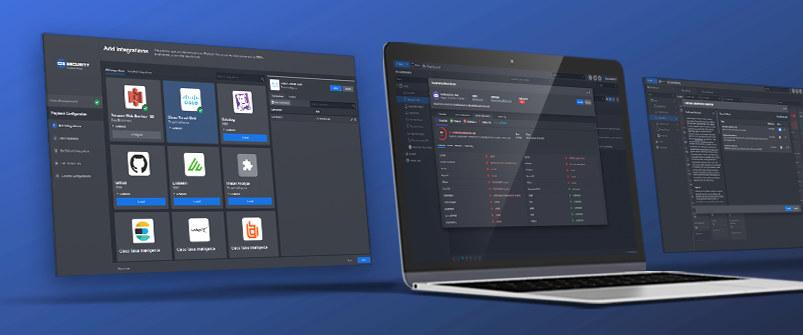

The modern SOC is moving beyond alert-handling. The overwhelming number of alerts created by the myriad tools in the average SOC has become unmanageable. This has left most alerts uninvestigated, because there simply isn’t time to validate every threat. Advanced attackers know this and can purposefully use the noise of constant security alerts to disguise their attacks.
SOAR tools have helped many companies manage their alerts with automated ingestion from multiple sources, threat intelligence lookups, and rapid analysis to eliminate false positives and prioritize dangerous incidents. However, this functionality is quickly becoming less relevant as EDR and other tools become able to correlate events to produce “smarter” incidents instead of a deluge of alerts. Defenders need tools to go beyond alert-handling to perform the tasks that can’t be entirely automated away, and SOAR needs to be part of that evolution. Unfortunately, not every SOAR tool is up to the task.
Most SOAR tools are focused on alert-handling, at the expense of deeper capabilities. As the telemetry generated by EDR tools improves, the primacy of the SIEM is weakened, and MDR (managed detection and response) and XDR (extended detection and response) services gain more traction, these alert-focused SOAR tools will provide less and less value. This is why D3 has always been about more than alert handling. In the modern SOC, D3 can act as the fabric that connects all the tools—as well as any managed service provider—by consolidating the rich information from security products and providing analysts a platform with which to review incidents and execute the Tier 2 and 3 tasks that still require human judgment.
Vendor-Agnostic Extended Detection and Response
An emerging trend is for vendors to offer a “one-stop shop” for cybersecurity, including EDR, MDR, and XDR, which aggregates security data from their other tools. The obvious downside to this option is that the client is locked in to a single vendor, with no flexibility to choose their own tools.
As the leading independent SOAR tool, D3 SOAR can do much of what XDR does, but with the flexibility to integrate with 300+ tools—not just those made by a single vendor. D3 ingests alerts and data from:
- Any stack—security, IT, and more.
- Any app—email, EDR, SIEM, threat intelligence, etc.
- Any location—cloud, on-premise, or hybrid systems.
But D3 doesn’t just turn a flood of alerts into a flood of incident response playbooks. D3 correlates events based on IOCs and TTPs so that many events become one fully contextualized incident. This saves clients’ resources and keeps analysts focused on the holistic threat.
Playbooks for Every Tier
D3’s advanced playbook capabilities make it uniquely suited to acting as the operations hub of the modern SOC. These features include:
- Nested playbooks that can support complexity and branching workflows instead of running lots of simple playbooks.
- Instant troubleshooting of playbooks and integrations without leaving the playbook editor.
- Looping tasks. For example, if a playbook involves checking if critical ports have been scanned, you don’t want to just do it once. You will probably want to check several times over a set timeframe, to ensure that you don’t miss any suspicious activity. D3 can create a looping task instead of requiring a new playbook for each check.
- Parallel tasks. Some orchestrated tasks are nearly instantaneous, but some, like sandboxing, take much longer. D3 can run tasks such as sandboxing, URL enrichment, and hash enrichment in parallel, so that you’re never stuck waiting for one task to finish before starting another.
It’s Time for Detection and Response to Evolve
Whether you’re managing an in-house SOC, or you’re a managed service provider with dozens of clients, D3 Smart SOAR is the tool that can bring your security operations into the future without tying you down to a single vendor.
To get more detail about how D3 separates itself from the competition with its ability to support complex workflows and high-tier SOC tasks, read our recent whitepaper Form-Based vs. Playbook-Based SOAR Platforms. Or to see the platform in action, schedule a one-on-one demo with one of our cybersecurity experts today.
